It wasn't until recently that I heard of Manuka honey. Isn't honey, honey? Apparently not. It was Badger, a rescue puppy, who taught me about Manuka honey. He was found at a homeless camp wandering around. Nobody would claim this nugget, nor would any rescue take him in, so naturally, being the sucker I am, I took Badger into my care. He came with a bum leg because of what appeared to be a congenital defect rather than from an injury or abuse. The useless leg was getting in his way. The best course of action to give him quality of life was to amputate the leg.
As healing progressed, an area remained open where the staples came loose. There was not enough skin to pull over the protruding bone. To protect this open area, he wears a diaper with padding. He is not incontinent, as it may look to those who don't know his story.
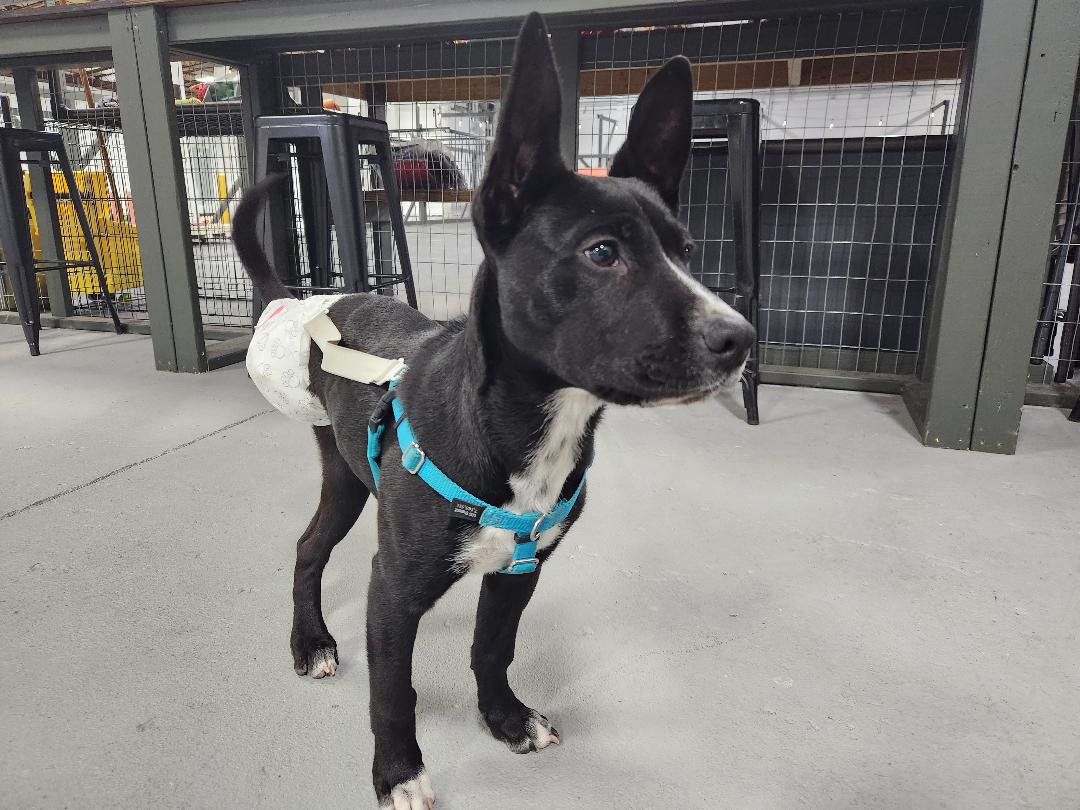
Going forward, the plan is to let the wound heal from the inside out. This is a very slow process, but the other option is shaving the bone down, and that sounds awful. Calling on my ingenuity, I have been protecting the wound with Vaseline and a maxi pad inside the diaper, all held on with a bedsheet strap attached to a harness.
How does Manuka honey come into this story?
Well, recently, a wonderful pup named Clyde came into daycare. I had known Clyde and his mom Julie, a local veterinarian, from a class they took a few years ago. She wanted to take a look at Badger's wound because she really likes wounds! Yes, you read that right. Leave it to a vet to really like wound care. I showed her Badger's wound, and Dr. Julie's brain went into overdrive. Immediately, she recommended Manuka honey. She used it a lot when she was working in New Zealand. SO NEATO!!! She explained it was used in vet care all the time and had many benefits. I had never heard of this! You can get it in your local grocery store in the health food section. It's a bit expensive, but it is really powerful stuff.
What is Manuka honey?
Manuka honey comes from the Manuka bush in New Zealand. It is well known for its health benefits like regular honey, but Manuka honey is extra beneficial. It is not as golden as the honey we usually see. It has a dark amber hue to it.
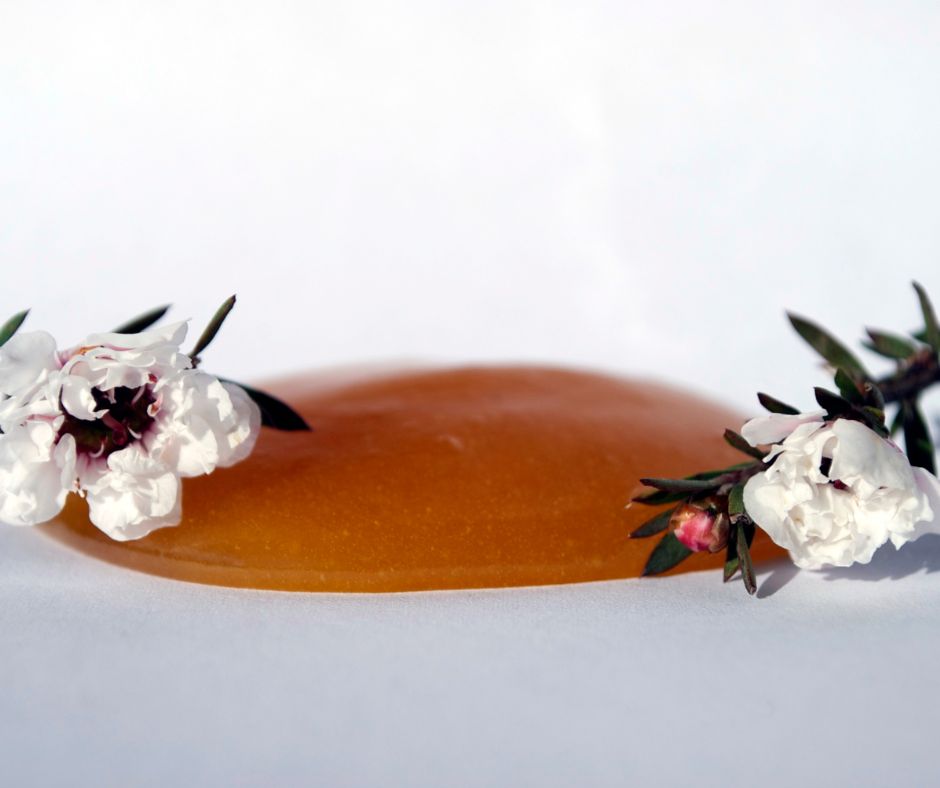
I switched the Vaseline for the Manuka honey, and the tissue was brighter by the next day. I had no idea the cells would respond so quickly. The Manuka honey was working! I had to learn more about this honey.
Manuka Honey is a Wound Healer
I knew honey was good, but I didn't know some had more antiviral, antibacterial, anti-inflammatory, and antioxidant properties than another honey. Because Manuka honey comes from one flower while other kinds of honey come from lots of different flowers, it is said to have 100 times more antibacterial power than your average honey. It must be good because the Food and Drug Administration has approved it for healing wounds. It is proving to be an excellent wound healer as it has a lower PH than regular honey, promotes tissue regeneration, and is also a pain reliever. Manuka honey is also used in treating burn victims. WOW!
Benefits of Manuka Honey
Manuka honey is great for both people and dogs. It soothes sore throats in people and helps dogs suffering from kennel cough. I am using this great honey for Badger's wound, and you can use it for your cuts and scrapes too. I think this would be a great addition for hikes with your dog because you both can use this instead of packing something for your pup and something for you in the first aid kit. You can also eat it if you are low on sugar. (I am always low on sugar. Not really, but you know me, I like my sugar.)
Manuka honey is such a powerful, simple thing I can not believe I have overlooked it time and time again in the grocery store. I highly suggest reading more about Manuka honey and checking to see if your local store's health section carries it. Thank you to the bees of New Zealand for bringing us such a wonderful, healing, sweet goo. I didn't make the connection at first, but Badger IS a Honey Badger, not just any ole badger.
Badger is Up for Adoption
As a final note, this little three-legged honey Badger needs a home.
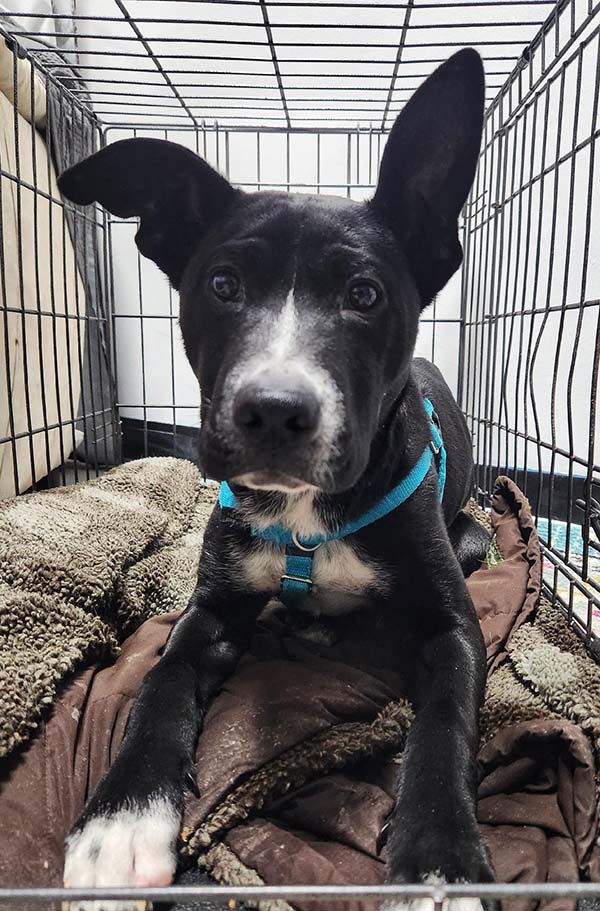
He is up for adoption even as we are working on closing the wound. The wound will be nearly, if not completely, healed by the time he is adopted. Get your application in with MustLuvBoxers Rescue. He may have three legs, but this boy is unstoppable. He LOVES fetch and gets along with all dogs and people. Cats are fun to chase if they run, so maybe no cats. He is crate trained and almost fully potty-trained.
If you have questions about this lovable puppy, let me know. I can give you the scoop.
Please email at Stephanie@pawsitiveconnectiondogtraining.com
~ Stephanie
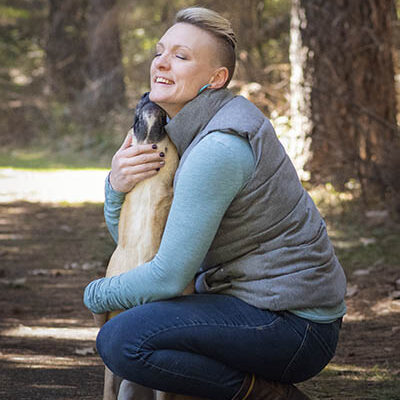

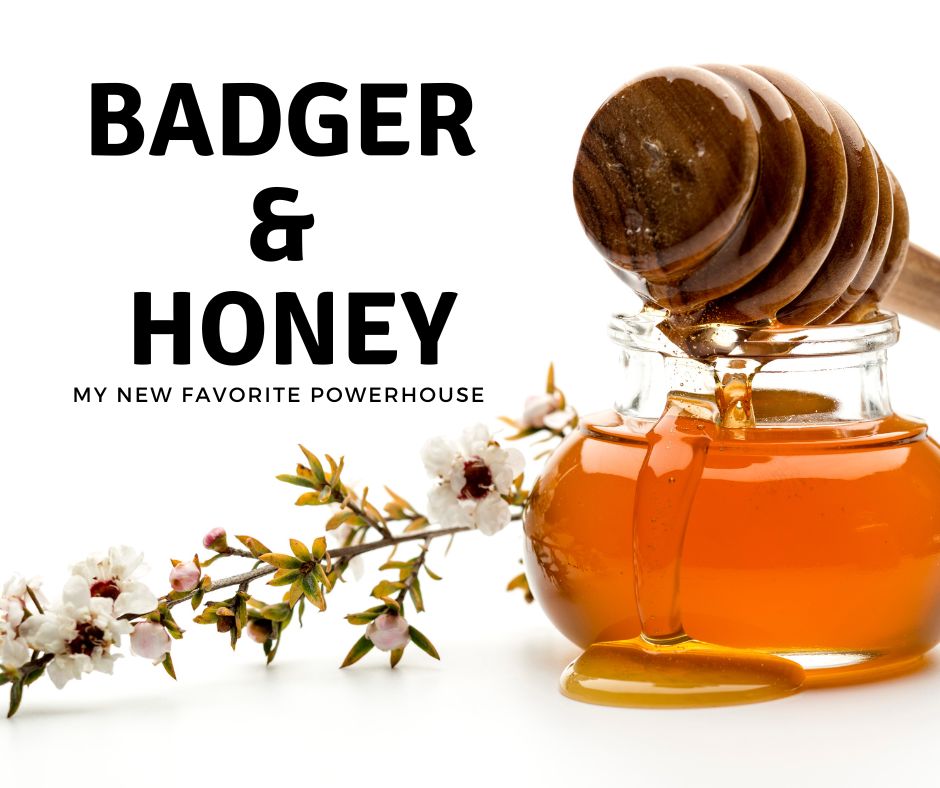



Stephanie, during Hadley’s looooong bout with kennel cough, I DID use honey, but just regular old honey. Wish I’d known about this then. I’m definitely looking up info on it and finding some. Many thanks! You always teach us something new and terrific for our babies.
How do you use Manuka honey? Put it on a wound like a salve? Isn’t it quite messy? And internally? Put it on their food? Is it good for a dog’s digestion?
Great questions! You would apply the honey like you would Neosporin. I then use a non stick pad to cover the area. I specifically use non stick pads because I learned I disturb the tissue that is trying to heal by pulling the bandage on and off to change it. It is important the bandage does not stick to the new tissue. To sum it up, I layer the honey, the non stick padding and then something to hold it onto the pup. When covered with a bandage it is not that messy. I use my finger to apply it. I swipe the honey on the wound and then swipe my finger on the non stick pad because that will get honey on it anyway when I apply it.
Internally, for kennel cough for example, I use a spoon. I scoop a full teaspoon (vary depending on size of dog), and let them lick it off the spoon. I do not put it on their food or dilute with water. I want the goo to coat their throat and soothe going down. The honey would not be good for diabetic pups. You may want to consult your veterinarian if you are concerned.
Of course this is not to replace veterinary care nor am I am I a vet or proclaim to be one. These are just tips I learned from a vet and what I have learned through the rescue pups I help. Please feel free to ask more questions. I am happy to help!